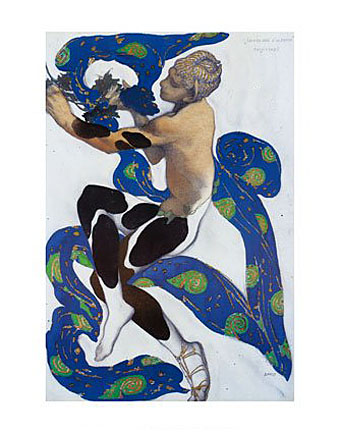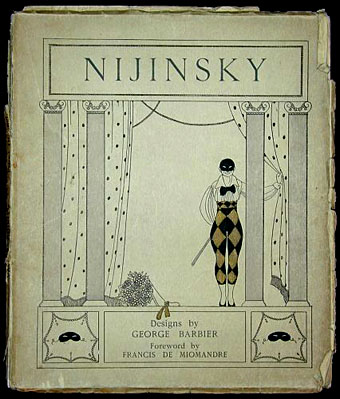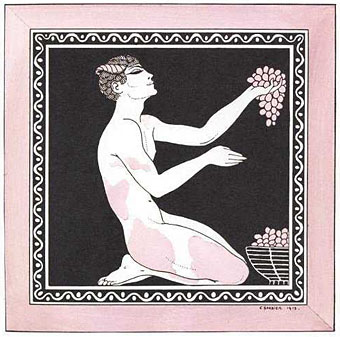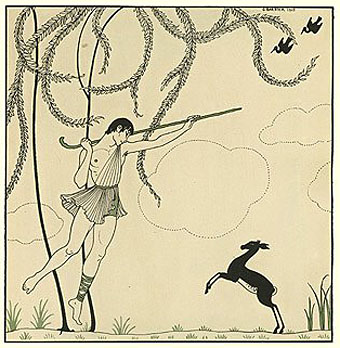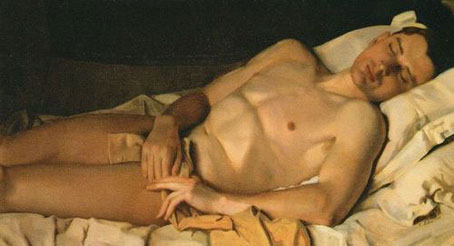
Naked Young Man (1937).
The work of Russian painter Konstantin Somov has a decent presence on the web, albeit separated into his public works which comprised portraits, landscapes and illustrations, and his more private, homoerotic studies of voluptuous Russian men. The former can be seen at WikiPaintings or The Atheneum where there’s a recurrent theme of rococo fantasy similar to that being explored by Rex Whistler in Britain between the wars. (Whistler’s work was recently featured at Little Augury.) It is, of course, the other side of Somov’s work that concerns us here. This gives me an opportunity to put titles and dates to some of the paintings circulating on gay art sites with no details at all.
Somov was friends with Sergei Diaghilev, and provided illustrations and designs for Diaghilev’s Mir Iskusstva arts magazine. This year is the centenary of the first performance of The Rite of Spring so expect to hear more about the great Sergei and company in the coming months.
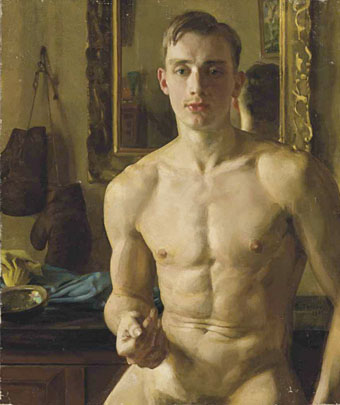
The Boxer (1933).
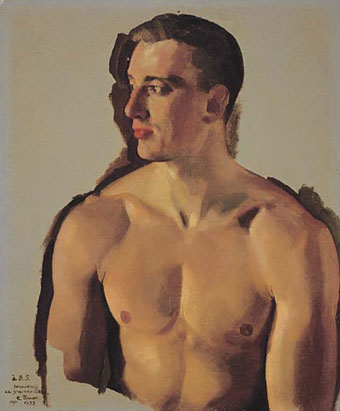
Portrait of A Man (1933).
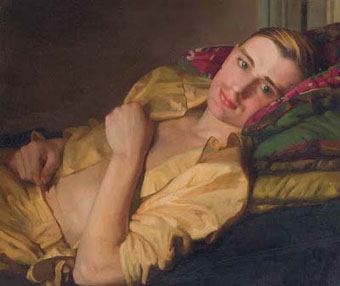
A Reclining Man (1936).

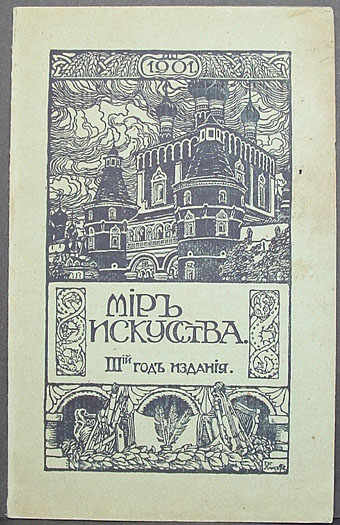
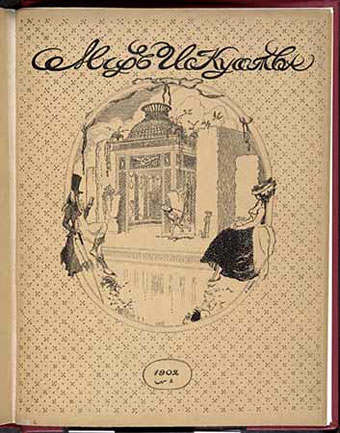
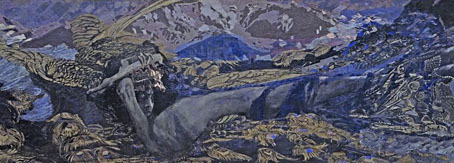
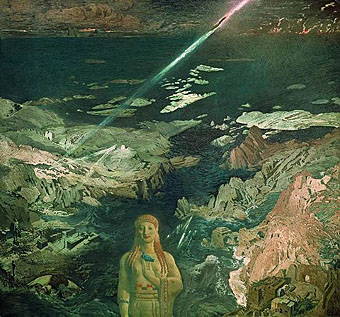
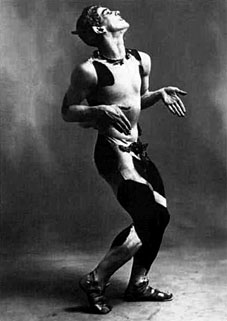 I have an abiding fascination with the
I have an abiding fascination with the 